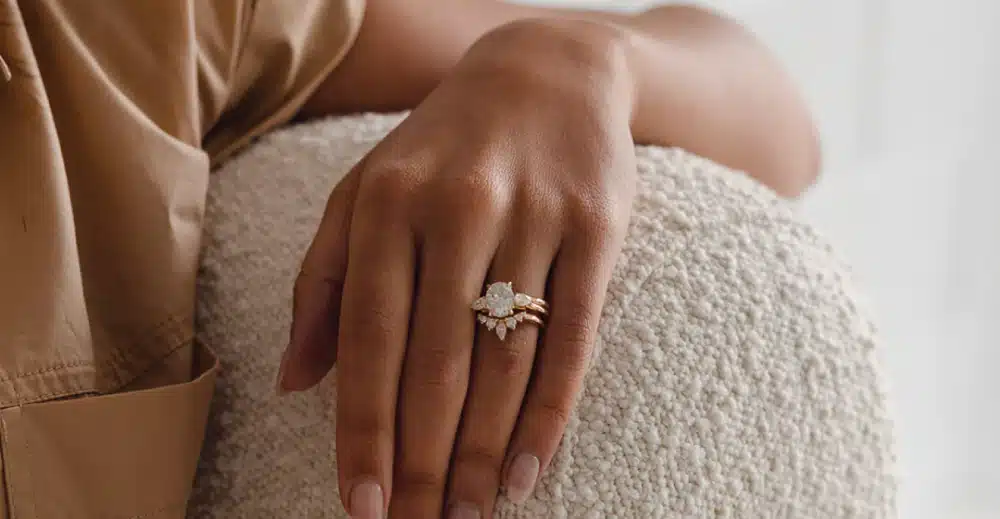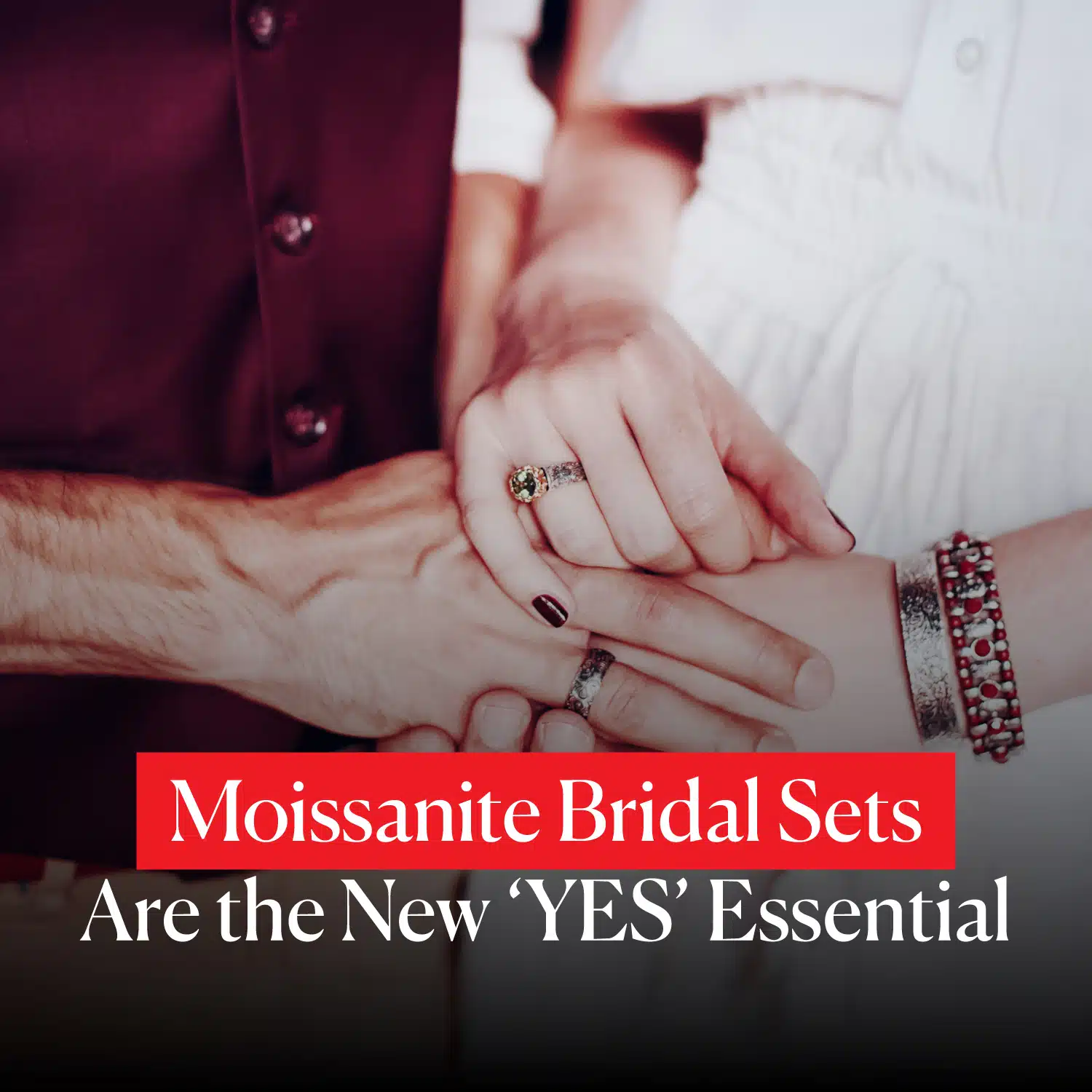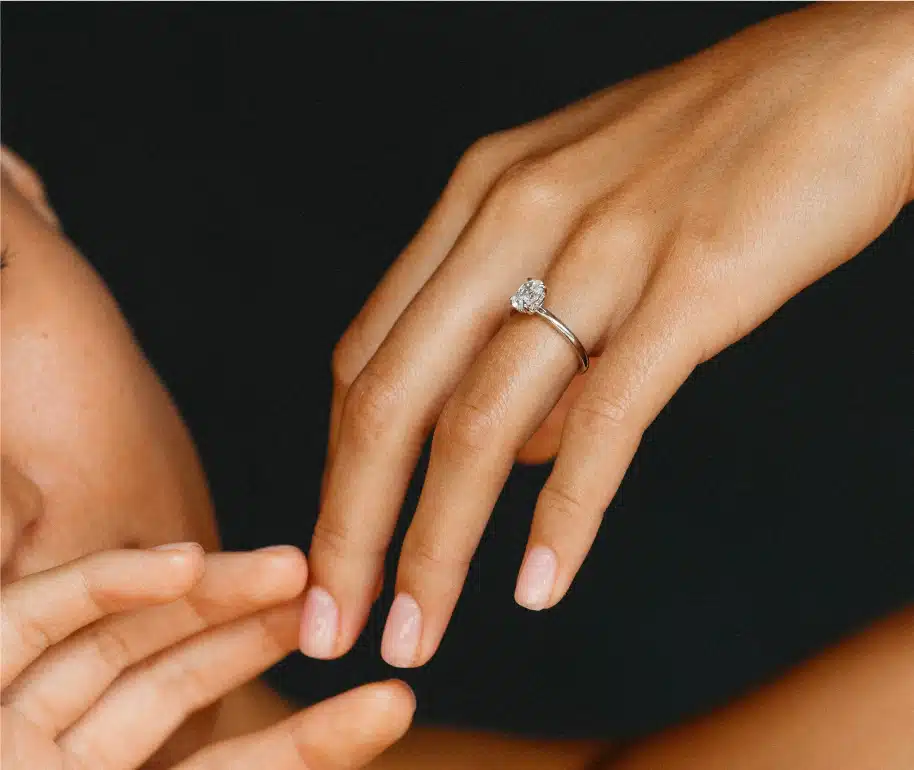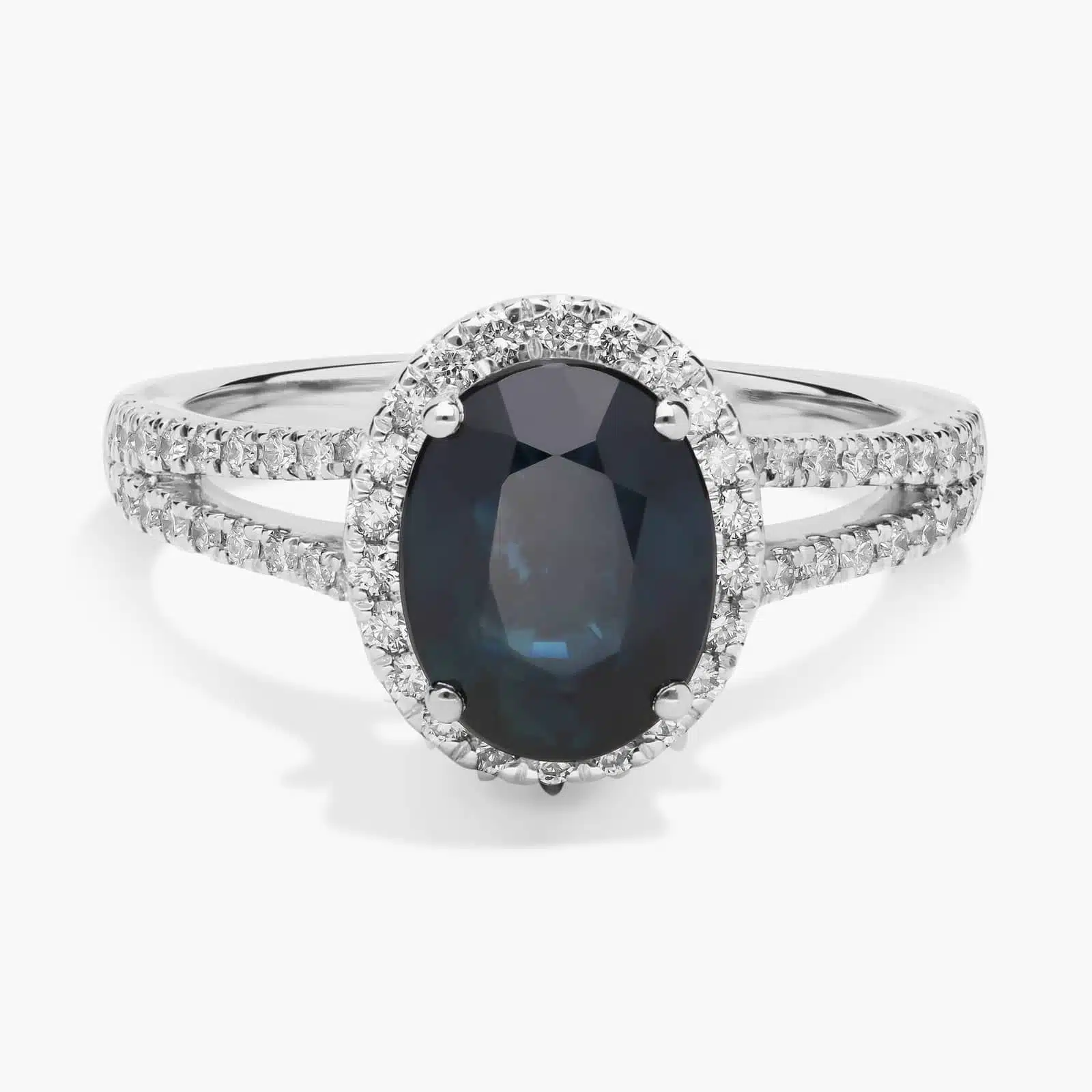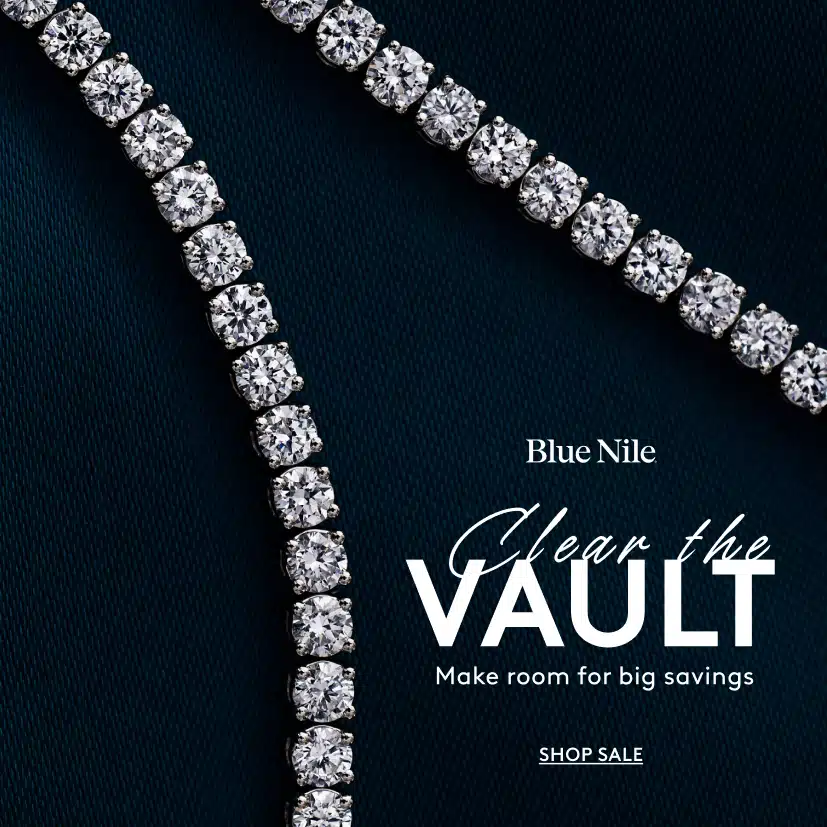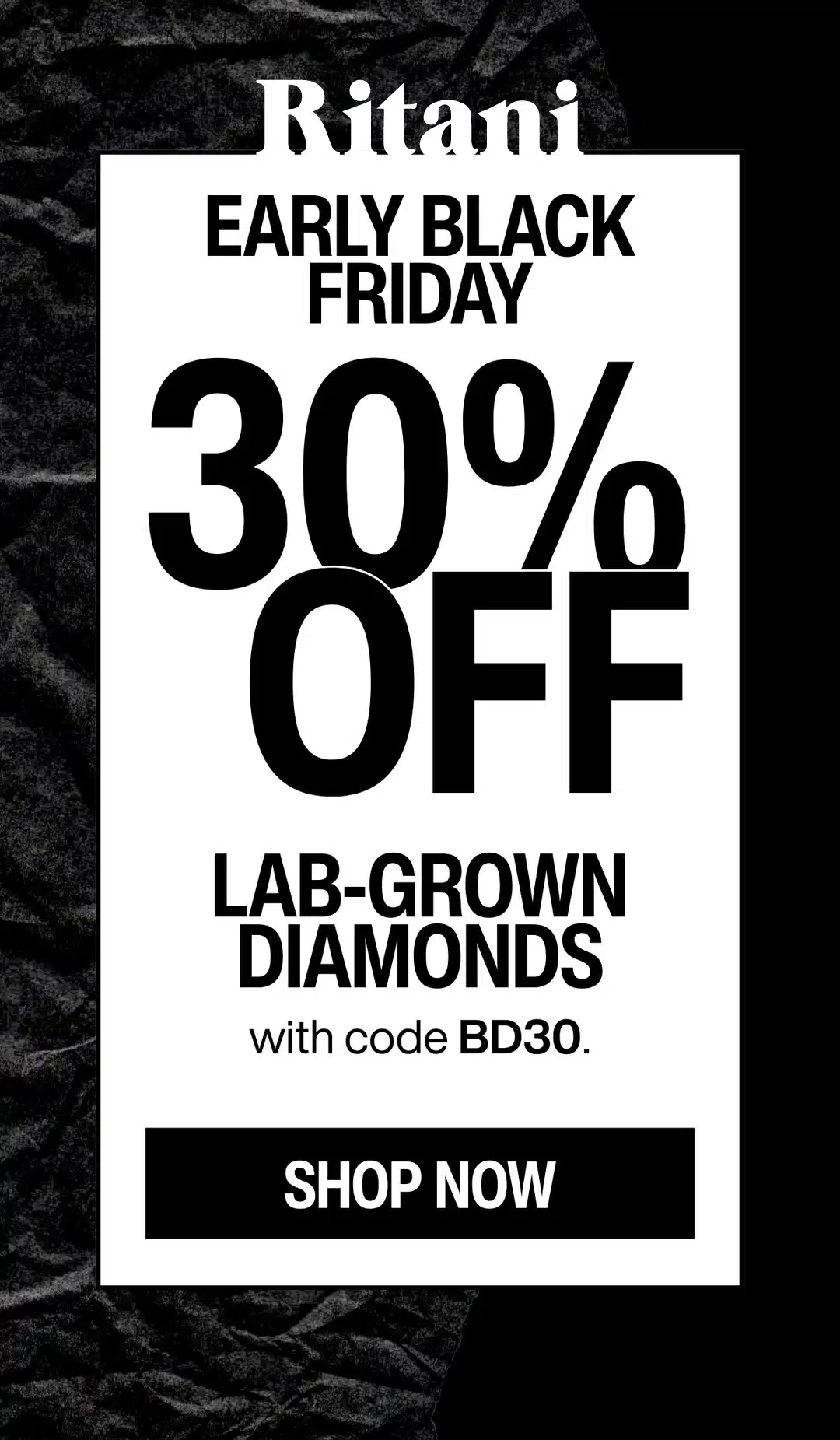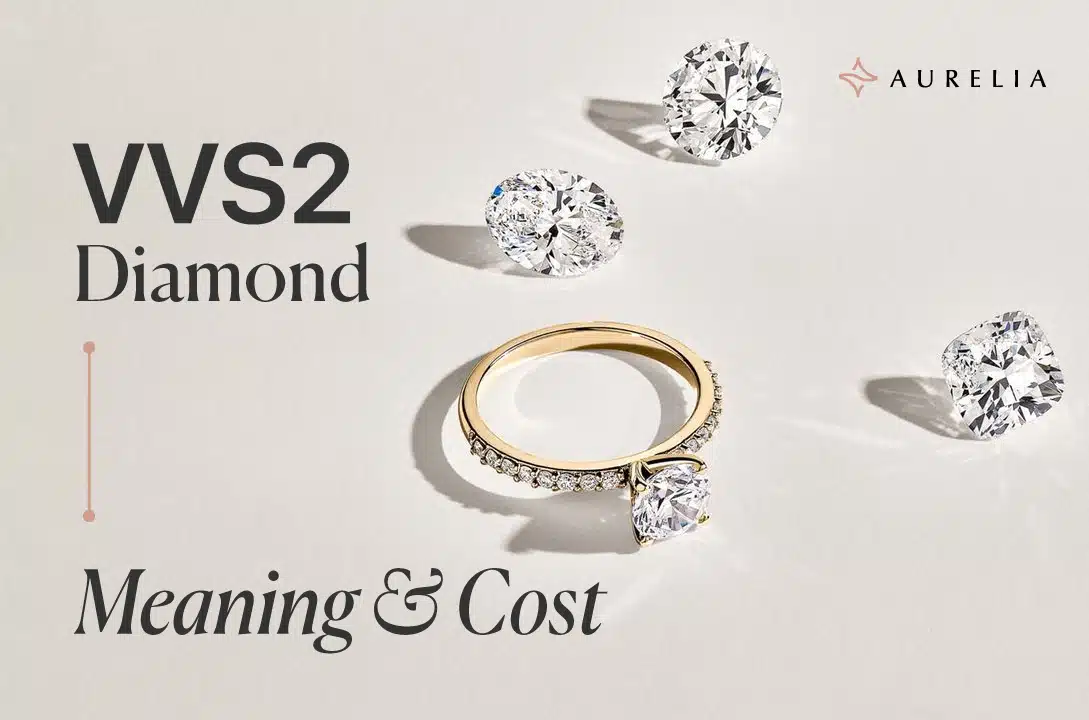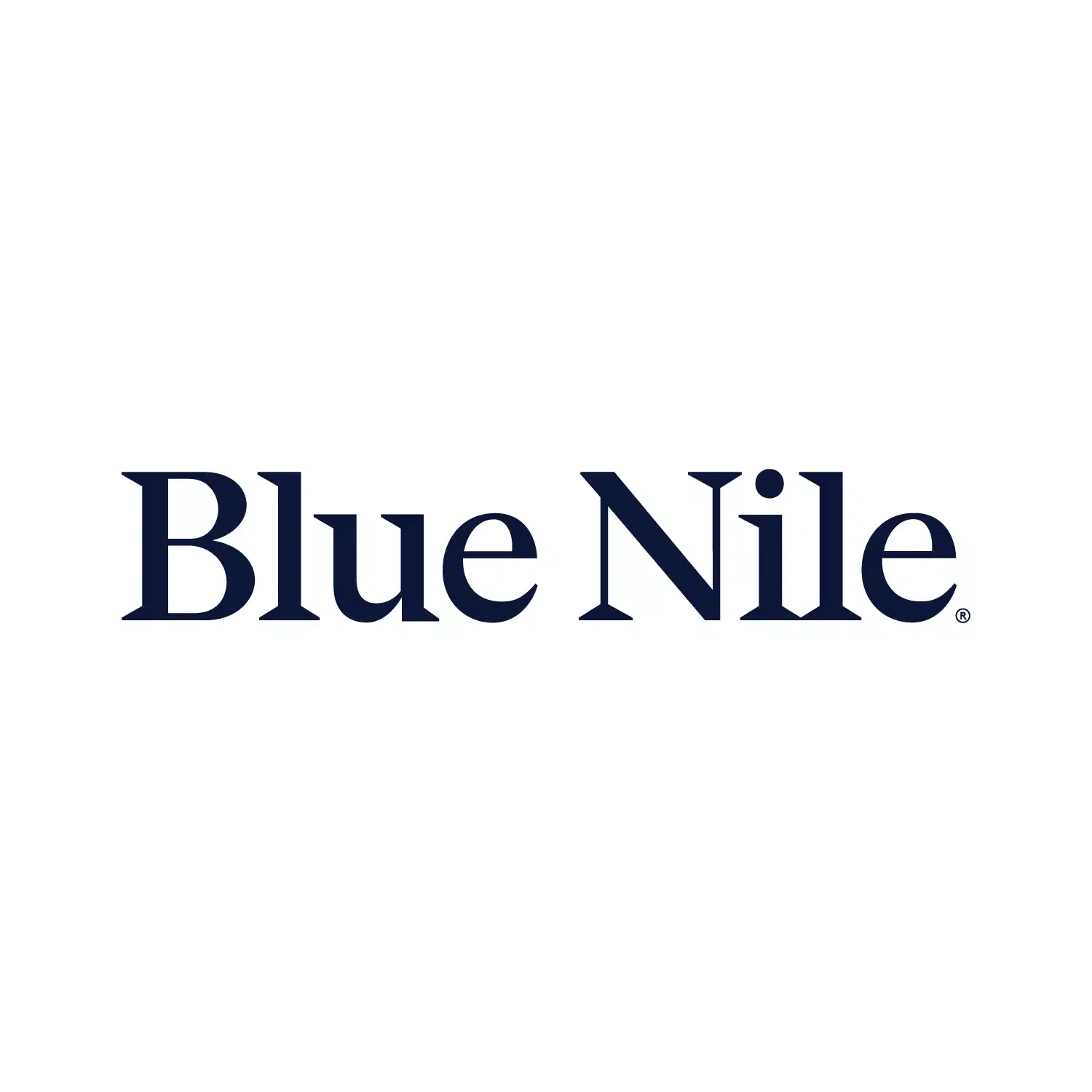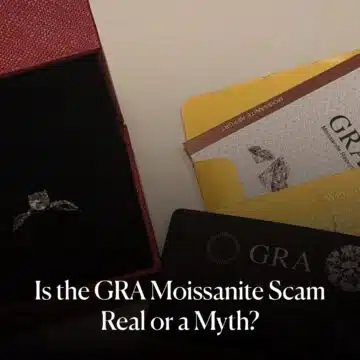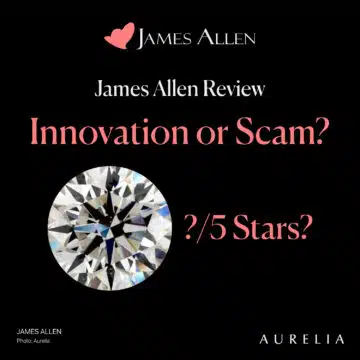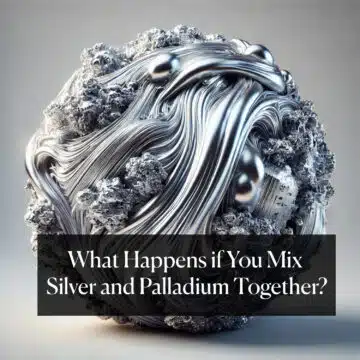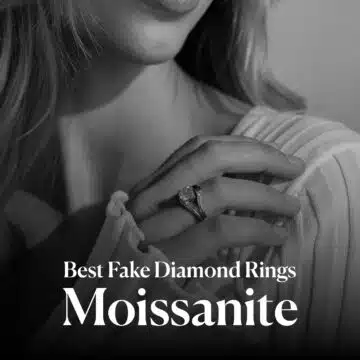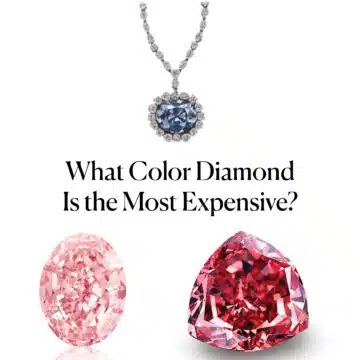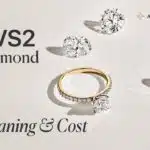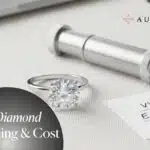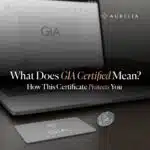The VVS2 diamond meaning & cost boils down to this simple truth: a VVS2 diamond has microscopic inclusions that are invisible to the naked eye, making it a “near-flawless” grade that offers fantastic peace of mind but often provides no visual benefit over a much cheaper VS1 or VS2 diamond.
You’re in the final stretch. You’ve found a beautiful ring, and you’re staring at two diamonds on your screen that look identical. One is a VS1. The other, for a few thousand dollars more, is a VVS2.
Your eyes can’t find a single difference, but your brain is churning. “VVS2 is better,” it whispers. “It’s closer to perfect.”
Deal Alert:
Elevate your design. Get up to 30% OFF engagement ring settings at
One In A Lifetime Sale:
“Clear The Vault” – Get up to 70% OFF on select jewelry at
| Pro Tip:
See every detail with 360° HD videos available at
This is the moment a smart buy can turn into a costly mistake. As your friend in the business, my job today is to turn down the noise and give you the brutally honest truth about the VVS2 diamond clarity grade—what it is, what it costs, and when you should (and absolutely shouldn’t) pay the premium for it.
Diamond IQ Test: Natural or Lab-Grown?
Two identical diamonds: GIA Certified, 1.51ct, D Color, VVS1, Ideal Cut. One is natural ($16,530), the other is lab-grown ($2,390). Choose the diamond you like better and see if you can match it to its origin.
What Does VVS2 Mean in Diamonds? A Jeweler’s Definition
Before we can even begin to talk about whether a VVS2 diamond is a smart buy for your wallet, you need to understand what you’re actually paying for.
In the often confusing, jargon-filled world of diamonds, “VVS2” is a term that gets thrown around a lot, implying a level of near-flawless, top-tier perfection. But what does it actually mean when a jeweler like me puts it under a microscope?
Let’s pull back the curtain and decode the language of the GIA report together.
The GIA’s Official Definition (And What it Feels Like in Reality)
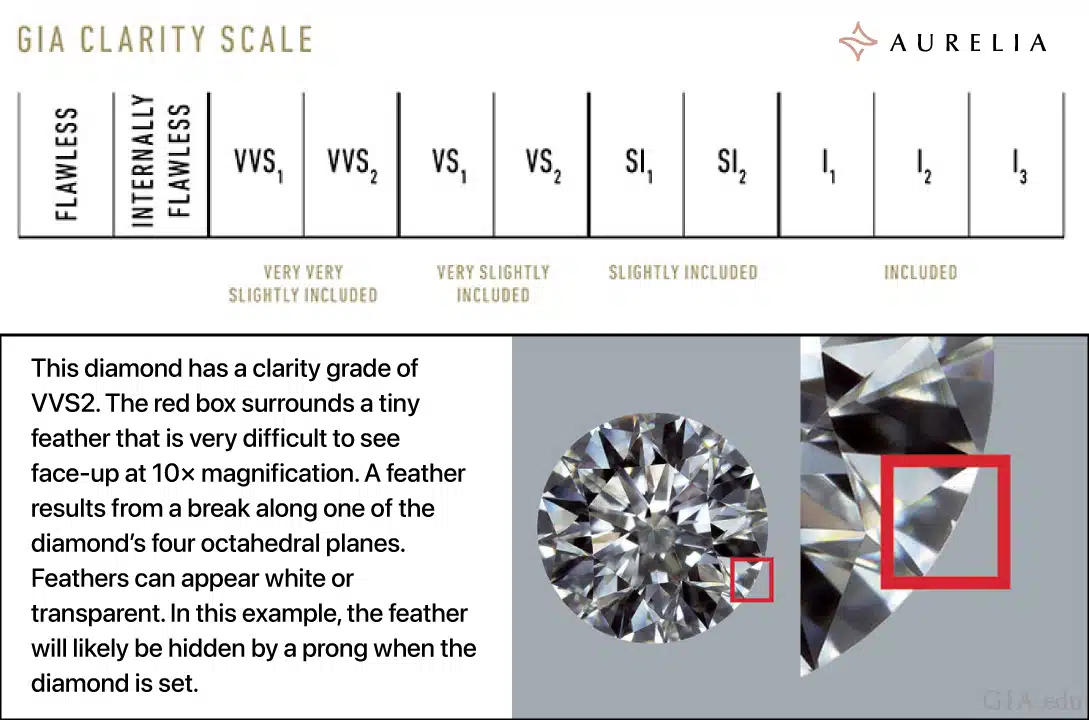
The official VVS2 meaning, or VVS2 clarity meaning, is “Very, Very Slightly Included – Second Degree.” It sits near the very top of the diamond clarity scale, a scale perfected and governed by the world’s ultimate diamond authority.
But let’s be honest, that technical definition is cold, and it doesn’t capture the true, mind-boggling reality of what this grade represents.
To understand it, you need to picture what happens inside a GIA lab. When a diamond gets sent for grading—a process I explain in minute detail in my guide, What Does GIA Certified Mean?—a highly trained gemologist, using a powerful 10x magnification loupe, meticulously scans every millimeter of the stone for any internal characteristics, or “inclusions.”
For a diamond VVS2 to earn its grade, those inclusions must be so unbelievably tiny, so insignificant, that it is very, very difficult for that expert to find them. We’re talking about microscopic pinpoints, tiny “needles,” or faint “clouds” that are often the size of a few microns.
Here’s the best analogy I can possibly give you: Imagine trying to find a single, specific grain of white sugar that has fallen onto a perfectly clean, vast white countertop.
That is the level of near-flawless perfection we are talking about. The tiny flaw is there, but you’d need to be an expert with a magnifying glass and a whole lot of patience to even begin to locate it.
So, to answer the big question, “is a VVS2 a good diamond?” It’s not just good; it’s a magnificent testament to nature’s rarity, a stone that is exceptionally, microscopically clean.
The Official VVS2 Diamond Chart: Seeing the Hierarchy of Rarity
To truly grasp the significance of the VVS2 clarity grade, you have to see where it lives. It doesn’t exist in a vacuum; it sits on a map of rarity and value that governs the entire global diamond market.
This official VVS2 diamond chart is a crucial piece of the bigger puzzle, which I break down in my complete guide to the Diamond Grading Chart: The 4 Cs of Diamonds.
| Clarity Tier | GIA Grade | Mehedi’s Take |
| Flawless Tier | FL / IF | The Collector’s Grade. The pinnacle of rarity. |
| VVS Tier | VVS1 / VVS2 | The “Near-Flawless” Grades. Technically magnificent. |
| VS Tier | VS1 / VS2 | The Smart Buyer’s “Sweet Spot.” Visually perfect. |
| SI Tier | SI1 / SI2 | The Value Hunter’s Grade. Can be “eye-clean.” |
That chart isn’t just a list; it’s a series of different “neighborhoods,” each with its own personality and price tag.
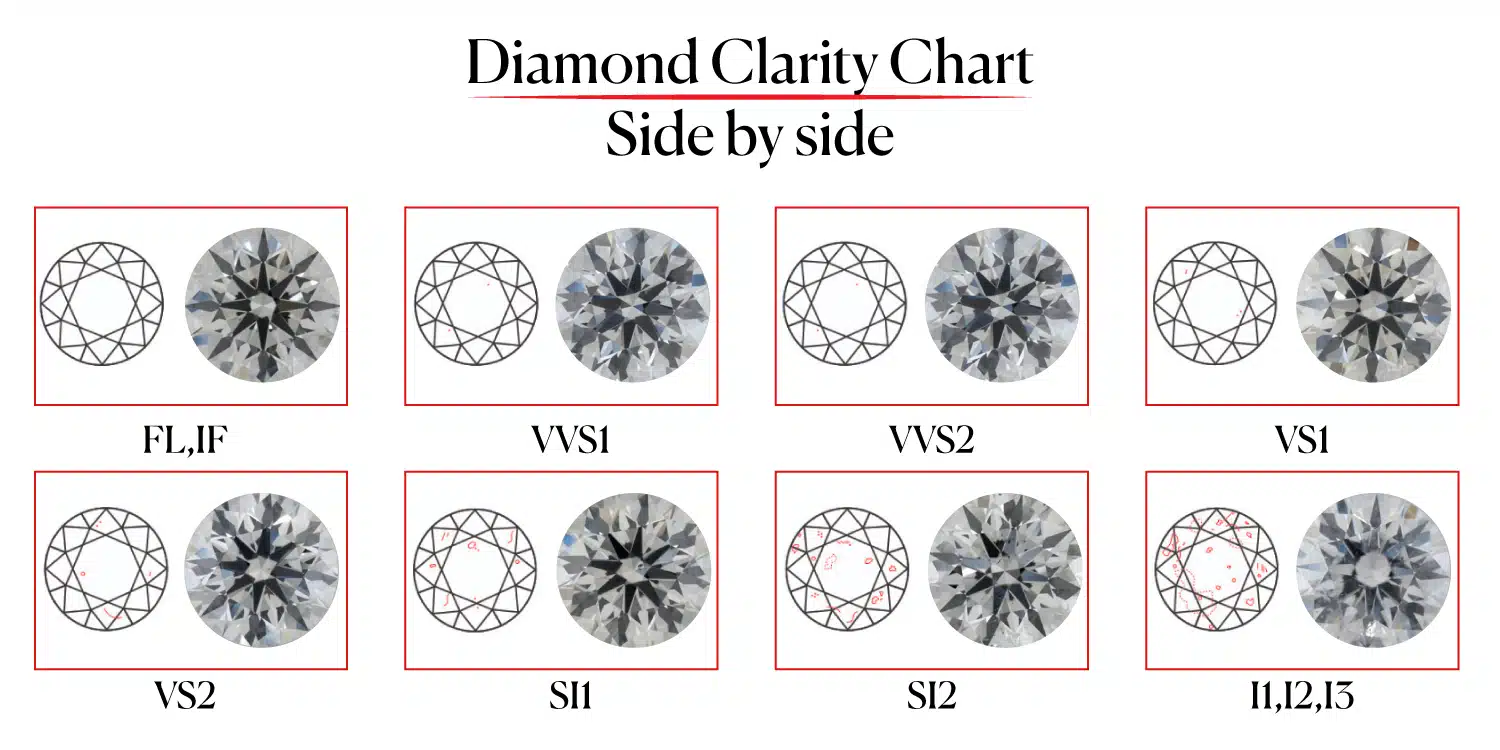
- The Flawless Tier (FL/IF): Think of this as the billionaire’s penthouse. It is the pinnacle of rarity and price. It is magnificent, but for most people, an unnecessary expense.
- The VVS Tier (VVS1/VVS2): This is the luxury high-rise just below the penthouse. It is the home of the “near-flawless” grades. You are paying for the peace of mind of knowing your diamond is almost technically perfect, even under a microscope.
This tier is divided into two floors: VVS1 and VVS2. The difference between them is subtle, a topic I cover in obsessive detail in my definitive guide to VVS1 Diamond Meaning & Cost. But our focus today is on its slightly more common (and often smarter value) sibling, VVS2. - The VS and SI Tiers (VS1/VS2, SI1/SI2): This is the neighborhood where the smart money lives. These are the value zones, home to beautiful “eye-clean” diamonds that look identical to their VVS neighbors but come with a much more sensible price tag.
As you can see, a VVS2 diamond sits in an elite neighborhood, just one step away from the absolute top. You can be 100% confident that you are getting a stone that is in the top few percent of all the world’s diamonds for clarity.
This high placement on the chart is what sets the stage for the most important debate of all: the battle between this on-paper perfection and the real-world, savvy value offered by the VS tier right next door.
The Triple-Threat Showdown: VVS2 vs. VS2 vs. VS1
Alright, this is where we get to the heart of it. This is where the theoretical grades on a piece of paper collide with the hard reality of your bank account. You’re in the final stretch, looking at three diamonds that all look perfect on your screen. So which one is the smart buy?
Welcome to the triple-threat showdown: the ultimate battle between VVS2, VS2, and VS1. This is the championship match for “eye-clean” diamonds, and I’m going to give you a ringside seat.
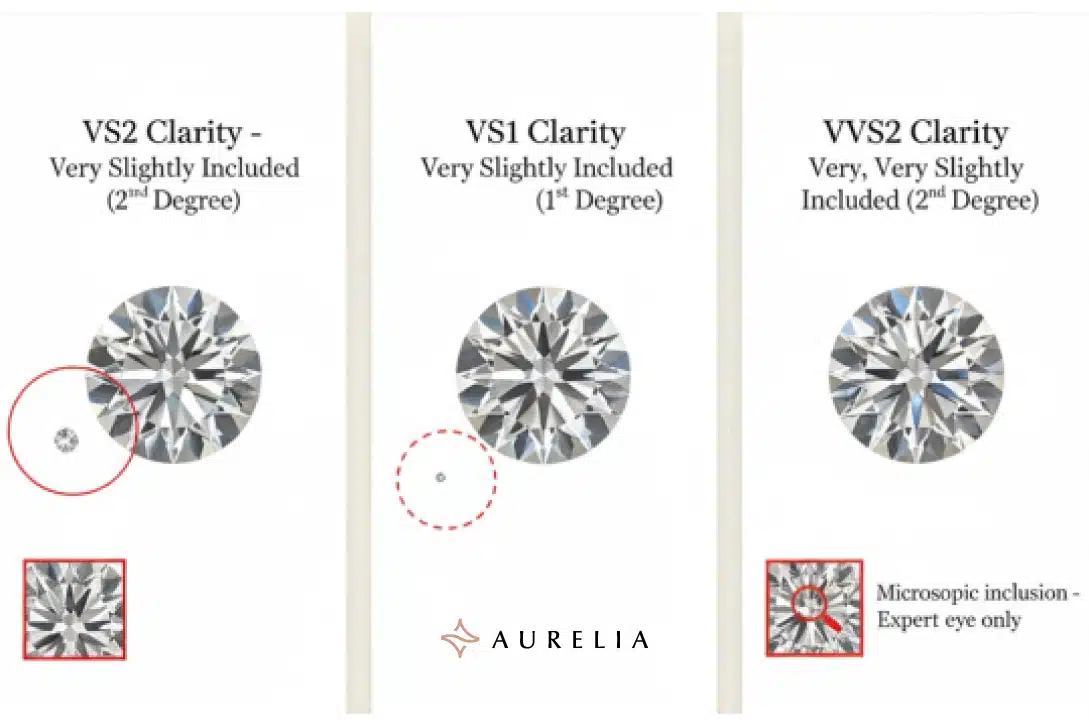
The Only Concept That Matters: The Holy Grail of “Eye-Clean”
Before we look at a single diamond, let me reiterate my #1 unbreakable rule for diamond clarity: your goal is not to buy a flawless diamond; your goal is to buy a diamond that is “eye-clean.”
An “eye-clean” diamond is a stone with no inclusions that are visible to the average person’s naked eye from a normal viewing distance. That’s it. That’s the holy grail. You don’t get extra points for paying more for a level of purity that only a GIA gemologist with a 10x loupe can appreciate.
And here is the absolute, most important secret I can share with you: a GIA-certified VVS2, a well-chosen VS1, and a great VS2 are all 100% eye-clean.
So, the debate “what is better, vs1 or vvs2?” is a trick question. Visually, they are equals. The real question is: “What are you willing to pay for an invisible, on-paper difference?” My definitive guide, What Is The Best Diamond Clarity?, is a masterclass on this exact value-hunting strategy.
A Head-to-Head Comparison: The Jeweler’s Scorecard
To make this simple, let’s put these three grades on a scorecard. This is how a professional jeweler thinks about these grades when it comes to both technical perfection and real-world value.
| Grade | On the GIA Report | To Your Naked Eye | For Your Wallet |
| VVS2 | A technical masterpiece. | Looks completely, perfectly clean. | The “Peace of Mind” premium. |
| VS1 | Very minor, tiny inclusions. | Looks completely, perfectly clean. | The no-doubt “Sweet Spot” value. |
| VS2 | Minor, small inclusions. | Looks completely, perfectly clean. | The savvy buyer’s value champion. |
A Real-World Price Test: The $4,500 Difference You Cannot See
Let’s make this brutally, tangibly real. We’re going to go shopping on Blue Nile and James Allen, right now, for a classic, significant engagement ring: a 1.50 carat, H-color, Excellent Cut Round Diamond. The only variable will be the clarity.
Deal Alert:
Elevate your design. Get up to 30% OFF engagement ring settings at
One In A Lifetime Sale:
“Clear The Vault” – Get up to 70% OFF on select jewelry at
| Pro Tip:
See every detail with 360° HD videos available at
First, let’s look at the VVS2 diamond ring.
- We go to Blue Nile and find a stunning 1.50 Carat, H-Color, VVS2-Clarity Diamond. I open the 360° video. I zoom in as far as it will go. The stone is a pristine, brilliant sheet of ice. It is magnificent.
- The Price: $14,480. For this on-paper, “near-flawless” perfection, this is your entry price.
Now, let’s hunt for value. Let’s see what a step down to VS1 looks like.
- We find a beautiful 1.50 Carat, H-Color, VS1-Clarity Diamond. I pull up its 360° video. I zoom in. I spin it. I hunt for the tiny VS1 inclusion noted on its GIA report. It’s an invisible pinpoint feather at the edge of the stone. To the naked eye, it is identical to the VVS2.
- The Price: By choosing the stone that is visually perfect instead of technically perfect, you’ve just saved $10,280. By choosing the stone that is visually perfect instead of technically perfect, you’ve just saved $4,200.
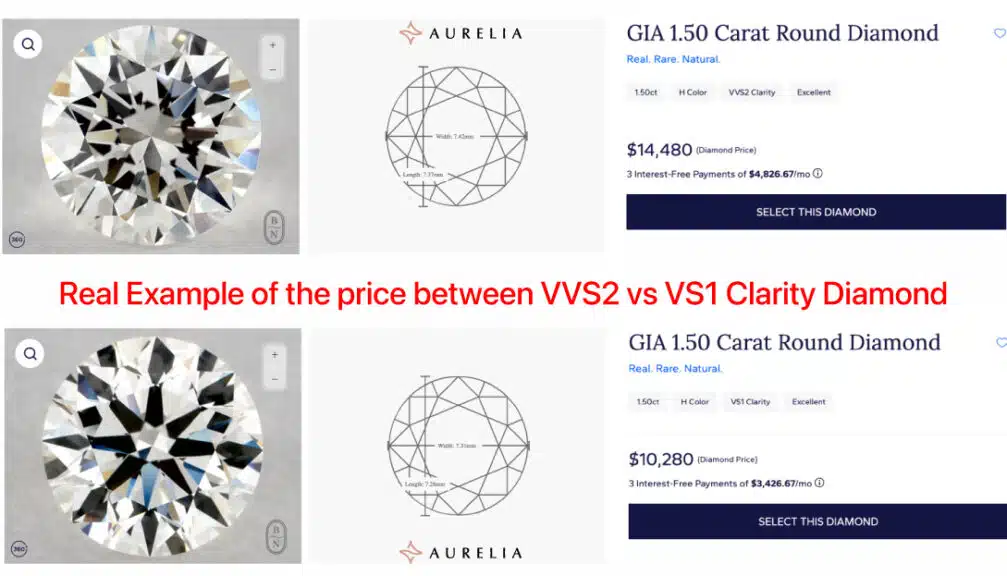
But we can go further. Now let’s test the savvy buyer’s champion, the VS2.
- We jump over to James Allen. We find a gorgeous 1.52 Carat, H-Color, VS2-Clarity Diamond. It’s a tiny bit bigger, which is a great bonus. I fire up their best-in-class “SuperZoom” technology. I use the GIA report’s plot map to locate the VS2 inclusion—a small, transparent crystal cloud off to the side, completely hidden by the sparkle. To your eye, it is, again, perfectly identical to the VVS2 and the VS1.
- The Price: $8,380.

Let’s pause. That is not a typo. By making a smart, informed decision based on what your eyes can actually see, you have just found a visually identical (and slightly larger!) diamond and saved $6,100. This is the difference.
The difference between vvs2 and vs1, and even more dramatically, the difference between vs1 and vs2, is a difference measured in thousands of dollars for a feature your dinner guests will never, ever see.
This proves that for classic brilliant-cut shapes like a Round Brilliant, the answer to “is vvs2 better than vs1?” is a technical “yes,” but a financial “no.” The smarter buy is the VS1 or a well-chosen VS2, every single time.
What is the Difference Between VVS1 vs VVS2 Diamond Grades?
Okay, so we’ve established that both VVS1 and VVS2 are “near-flawless,” eye-clean grades. We also know that you, the buyer, will never be able to see the difference with your naked eye.
So why on earth do these two separate grades even exist? And why is a VVS1 more expensive?
This is where we get into the truly granular, “inside baseball” world of a GIA gemologist. This is the stuff that separates the pros from the amateurs, and understanding it will make you an incredibly savvy shopper.
The difference between a VVS1 vs VVS2 diamond is not about the size or the number of the inclusions—it’s about their location and visibility to a trained expert.
It’s All About the Jeweler’s View: Pavilion vs. Crown Inclusions
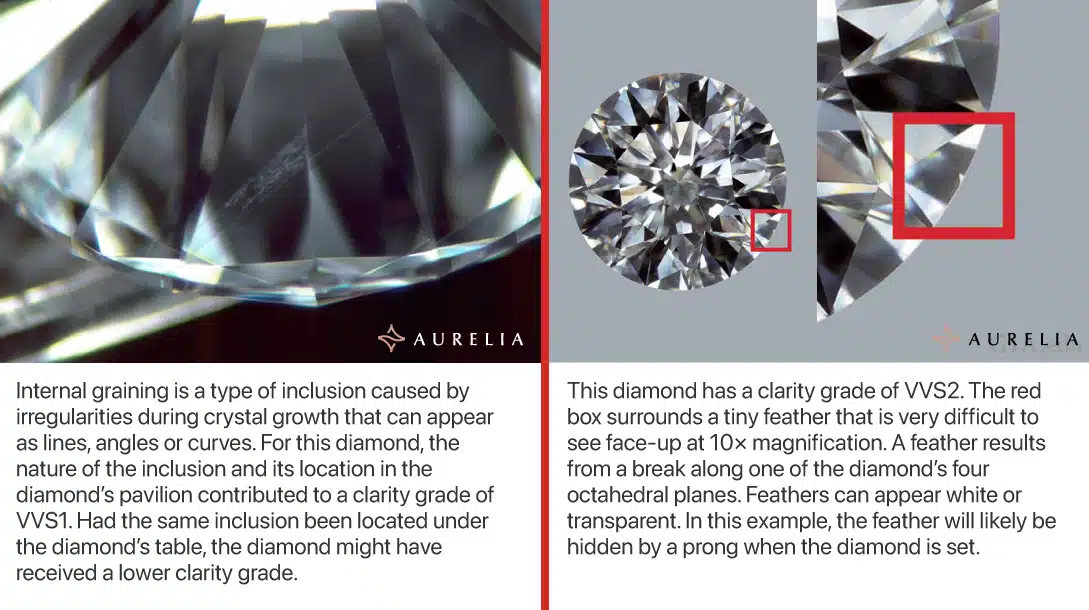
When a GIA gemologist grades a diamond, they analyze it from all angles. For the purposes of this discussion, think of the diamond in two parts: the “crown” (the top, angled part you see) and the “pavilion” (the bottom, cone-shaped part).
A diamond earns the premier VVS1 grade when its microscopic inclusions are so tiny and so difficult to find that they are typically only visible when the diamond is examined face-down, looking through its side (the pavilion).
- The Jeweler’s View: An expert might have to spend several minutes with a 10x loupe just to locate a single, pinpoint-sized inclusion.
- The “Face-Up” View: When you look at the diamond from the top, as you would when it’s in a ring, it appears completely flawless even under magnification. This is the vvs1 clarity meaning in practice.
A diamond receives the VVS2 grade when its microscopic inclusions, while still incredibly difficult for an expert to find, might be just barely visible from the top-down, “face-up” position.
- The Jeweler’s View: An expert can, with some effort, locate a minute pinpoint or two from the top of the stone.
- The “Face-Up” View: To your naked eye, it still looks completely, perfectly, flawlessly clean. You cannot see these inclusions without magnification.
The Bottom Line: The difference between VVS1 and VVS2 is a purely academic distinction, a technicality reserved for the world of gemology. The VVS1 is “cleaner” from a jeweler’s perspective, but the VVS2 is equally clean from a wearer’s perspective.
The Price of a Jeweler’s-Only Distinction
Now we get to the crucial part: the money. Because the VVS1 grade is technically rarer and more “perfect” on paper, it commands a premium price.
So, how much is this invisible difference worth?
The vvs1 vs vvs2 price difference is typically between 5% and 10%.
Let’s put that in real-world terms with an example. You’re shopping for a beautiful 2 carat vvs2 diamond for your dream vvs2 engagement ring:
- A stunning 2 Carat, G-Color, VVS2-Clarity Diamond on Blue Nile might have a price of $31,590.
- The exact same diamond, but with a VVS1 clarity grade, would likely cost you between $33,960.
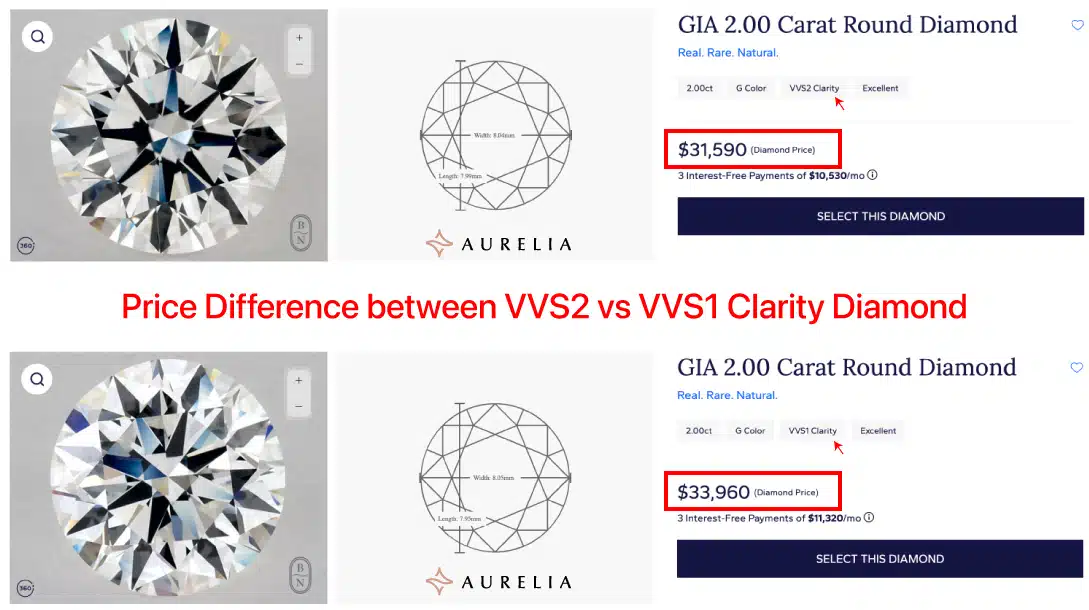
You are paying an extra $1,000 to $2,000 for a difference that only a trained expert with a magnifying glass will ever be able to appreciate.
Best Deal Of The Year – Final Days
Blue Nile’s “Clear The Vault” is ON.
Shop Fine Jewelry Upto 70% OFF.
*Exclusions may apply. See Blue Nile for complete details.
My Final Verdict: The Easiest Decision You’ll Ever Make
When it comes to the vvs1 or vvs2 debate, the answer is crystal clear. This is one of the easiest, most stress-free decisions you can make in your entire diamond buying journey.
If you are set on the peace of mind of the “near-flawless” VVS tier, save your money and buy the VVS2.
You are getting a visually identical stone for a significantly lower price. By choosing the VVS2, you are making the smartest possible financial decision within the luxury tier, freeing up a thousand dollars or more that can be put towards a better setting, a bigger carat weight, or a nicer honeymoon. It is the savvy shopper’s victory.
James Allen: Our 5-Star Choice for Price and Selection
Check our comprehensive James Allen Review to learn more about their pricing and commitment.
The VVS2 Diamond Cost: Natural Rarity vs. Lab Accessibility
Alright, so we’ve established that the VVS2 meaning signifies a level of near-flawless quality. We also know it looks identical to a VS1 to the naked eye. So, the final piece of this puzzle comes down to the most important question of all: what does a VVS2 diamond cost?
The answer is, “it depends,” but not in the way you might think. The most dramatic factor in the VVS2 diamond price isn’t the cut or the color—it’s the origin.
The difference between a diamond born of the earth and a diamond born in a lab isn’t just a story; it is a monumental chasm in price, and this is where savvy shoppers can find the deal of a lifetime.
The Cost of a Natural GIA VVS2 Diamond: The Price of a Needle in a Haystack
When you buy a natural diamond VVS2, you are paying for extreme, almost unbelievable rarity. Nature simply does not produce very many large diamond crystals that are this internally clean. To find a 2 or 3 carat vvs2 diamond is to find a true geological miracle. That rarity is the primary driver of its price. You are investing in scarcity itself.
Here’s what that looks like in the real world.
Natural GIA VVS2 Diamond Price (Approximate – Round Brilliant)
| Carat Weight | 1 carat vvs2 diamond price | 2 carat vvs2 diamond price | 3 carat vvs2 diamond price |
| (G-H Color) | ~$6,500 | ~$20,000 | ~$45,000+ |
Look at those numbers. The vvs2 diamond cost jumps exponentially with carat weight. It’s a steep pyramid, and you’re paying a huge premium for every step up. A one-carat stone is an achievable luxury, but as you approach the two-carat mark, you are deep into “luxury car” territory.
For a perfect illustration, you can go to James Allen right now and find a beautiful 1.01 Carat, G-Color, VVS2 Diamond. Note its price. Then, change the carat filter to 2.00. The number you see will likely be more than triple, not just double. That is the power of rarity at work.
The Cost of a VVS2 Lab Grown Diamond: The Price of a Simple Request
Now, let’s step into the modern world. Here’s the breathtaking truth that has turned the entire industry on its head: a vvs2 lab grown diamond makes near-flawless perfection accessible to everyone. Creating a VVS2 in a lab isn’t a miracle of geology; it’s a feat of precise, repeatable engineering.
This shatters the old pricing model. The pyramid becomes a gentle, sloping hill.
Here’s what that looks like on a price chart.
Lab-Grown GIA/IGI VVS2 Diamond Price (Approximate – Round Brilliant)
| Carat Weight | Price (G-H Color) | vvs2 e color diamond price (Premium) |
| 1.0 Carat | ~$1,100 | ~$1,300 |
| 1.5 Carat | ~$1,800 | ~$2,100 |
| 2.0 Carat | ~$3,000 | ~$3,500 |
The unspoken truth revealed in this chart is staggering.
This is a complete game-changer for buyers. That “near-flawless” VVS2 grade, which felt like a significant financial stretch in the natural world, is now a minor, almost trivial upgrade in the lab-grown market.
Upgrading from a G to a stunning, colorless E VVS2 diamond might only be a few hundred dollars. You are no longer forced to choose between size, quality, and your budget. With a vvs2 lab grown diamond, you can have all three.
Think about it this way: for the price of that single 1.50 carat, H-color natural vvs2 diamond ring, you could instead purchase a magnificent 4 Carat, D-Color, VVS1 Lab Diamond Ring from James Allen and still have money left over. The value proposition isn’t just better; it is a completely different reality.
James Allen: Our 5-Star Choice for Price and Selection
Check our comprehensive James Allen Review to learn more about their pricing and commitment.
It is a level of value that top online retailers like Blue Nile, which we compare in our Ritani vs Blue Nile guide, have built their entire lab diamond business upon.
Deal Alert: Ritani’s current promotions offer exceptional value.
Discount applied automatically
Shop Lab Diamonds | Shop Settings| Pro Tip: Ritani offers price matching and free shipping.
When I Actually Recommend VVS2 Engagement Rings
Okay, I’ve spent most of this guide telling you to save your money and choose a smart VS1 or VS2. For ninety percent of you shopping for a classic, brilliant-cut diamond under two carats, that is my unwavering, honest advice.
But now, I’m going to let you in on an insider’s secret. There are three specific, strategic situations where my advice flips entirely. These are the scenarios where the rulebook changes, and where choosing a VVS2 diamond is not just a justifiable luxury—it is absolutely the smartest, safest, and most brilliant move you can make.
This is the expert level.
Scenario 1: You’re Buying a Step-Cut Diamond
This is my #1, non-negotiable rule. The reason a VS2 diamond is such a champion of value is because the fiery, “crushed-ice” sparkle of a Round Brilliant or a Radiant Cut diamond is fantastic at camouflaging small inclusions.
A step-cut diamond has no such camouflage. It is a completely different animal.
Shapes like the breathtakingly elegant Emerald Cut Diamond or its stunning cousin, the Asscher Cut, are not designed for fiery sparkle. They are designed to be like a hall of mirrors—a series of long, linear facets that create clean, architectural flashes of light.
- They Are Unforgiving Windows: These large, open facets act like clean, clear windows into the very soul of the stone.
- There is Nowhere for Flaws to Hide: There is no fiery chaos to distract the eye. Any inclusion, no matter how small, is put on full, uncluttered display.
Imagine you’re looking at a stunning 2 Carat Emerald Cut, VS2 Diamond on Blue Nile. If that single, tiny VS2 inclusion happens to be a dark crystal located right under that big, open table, you will see it every time you look at your ring. It will look like a tiny fleck of pepper on a clean, white plate.
Blue Nile is one of the biggest and most recognized online jewelry retailers, offering an extensive and exclusive inventory. Their high-resolution images are improving and getting closer to the quality offered by James Allen, while their prices remain highly competitive. Right now, Blue Nile offers up to 30% savings on jewelry during a limited-time sale.
WHAT WE LOVE ABOUT THEM:
- 30-day no-questions-asked return policy, with a prepaid shipping label provided by Blue Nile.
- Lifetime warranty on all purchases.
- Free shipping on every order.
- Complimentary services every six months, including prong tightening, repolishing, rhodium plating, and cleaning.
- Insurance appraisal included with your purchase.
- One free resizing within the first year.
- High-quality images available for roughly half of their diamond selection.
- 24/7 customer service support.
- Full credit toward future upgrades, as long as the new item is at least double the value.
- Best-in-class order fulfillment process.
This is why, for all VVS2 engagement rings with step-cut diamonds, I strongly recommend my clients upgrade their clarity search. For these shapes, choosing a VS1 or a VVS2 provides ironclad peace of mind that your beautiful, glassy window will be perfectly, undeniably clean.
Scenario 2: You’re Buying a Massive Diamond (2.5 Carats and Up)
The same logic applies when you enter the world of truly significant diamonds. As a diamond’s carat weight increases, so does its physical size—especially its “table,” the main top facet.
Think of it as a bigger window. An inclusion that was completely invisible and irrelevant in a 1-carat stone can sometimes become a noticeable pinpoint in a much larger diamond.
When you’re making the kind of serious investment required for a 3-carat vvs2 diamond or a true showstopper like a 4 or 5-carat stone, the rules of “eye-clean” begin to shift.
- The small, incremental cost to upgrade from a VS2 to a VS1 or VVS2 becomes a much smaller percentage of the total ring’s price.
- That small extra investment buys you absolute, ironclad peace of mind that your magnificent stone will be flawlessly clean to the naked eye from every possible angle, in every lighting condition.
For a diamond of that caliber, upgrading the clarity is no longer an unnecessary luxury; it becomes a wise and prudent investment in the visual perfection of your centerpiece.
Scenario 3: The Price is Simply Too Good to Pass Up
This is the diamond hunter’s dream scenario. Sometimes, due to the wild fluctuations of the diamond market—something I discuss in my guide on whether Diamond Prices Are Dropping—you will find an unbelievable deal.
You’ll be scrolling through James Allen, comparing two diamonds. One is a beautiful 1.5 Carat, G-Color, VS1 Diamond. The other is an equally stunning 1.5 carat g vvs2 diamond. But for some reason—perhaps one has been in inventory longer, or the wholesaler is having a sale—they are priced almost identically. Maybe the VVS2 is even a few dollars cheaper.
When this happens, you don’t hesitate. This is not a trick. This is a no-brainer.
You always take the free upgrade. You get the superior, “near-flawless” grade on the GIA report for the same price, and you get to enjoy the on-paper perfection and the little bit of extra bragging rights that come with it. It’s the ultimate savvy shopper’s victory.
The Questions That Keep You Up at Night About VVS2 Diamond
Alright, we’ve gone deep into the jeweler’s loupe, we’ve run the numbers, and we’ve talked strategy. But I know that when you’re this close, a flurry of specific, rapid-fire questions starts to hit. This is the moment for straight talk.
As your friend in the business, I’m going to answer the most common, and most important, questions I get about this “near-flawless” grade, with no fluff and no nonsense.
The Final Verdict: My Honest Recommendation as Your Jeweler
Alright, we’ve gone deep. We’ve defined the terms, we’ve run the numbers, we’ve answered the tough questions, and we’ve put the VVS2 diamond to the ultimate test: the test of real-world value.
So, where do we land? After all of this, is a VVS2 diamond a smart buy or a costly mistake?
My final call, as your friend and GIA-trained expert in this business, is this: for the vast majority of people, a VVS2 diamond is a beautiful, technically magnificent, and completely unnecessary expense. It is a purchase for your brain, not for your eyes.
You have now been armed with the single most powerful secret in diamond buying: the holy grail of “eye-clean.” You know that a well-chosen VS1 or VS2 will give you the exact same stunning, visually flawless look for a fraction of the cost, freeing up thousands of dollars you can put toward a bigger carat weight, a better color grade, or frankly, a nicer honeymoon.
That said, an engagement ring is not a spreadsheet. It is a symbol, a story, a piece of art that you will look at every single day for the rest of your life. And if the idea of near-flawless perfection, the knowledge that your diamond is in the top tier of all the world’s diamonds, brings you a sense of joy and unshakeable confidence, then for you, that VVS2 is not a mistake. It is the right choice.
My job isn’t to tell you what to buy. It’s to give you the honest, unfiltered truth so you can make that decision with absolute, no-regrets confidence.
To make that final call even simpler, here is my at-a-glance summary.
| Pros of a VVS2 Diamond | Cons of a VVS2 Diamond |
| Guaranteed to be 100% “eye-clean.” | Offers no visual benefit over a VS1/VS2. |
| Fantastic “peace of mind” purchase. | Comes with a significant price premium. |
| Holds strong relative resale value. | Overkill for most brilliant-cut shapes. |
| A smart choice for step-cuts & large stones. | That money is better spent on Cut or Carat. |
Your Journey Continues: From Informed to Expert
Congratulations. You have just completed a masterclass in diamond clarity. You have gone beyond the marketing hype and learned to think like a jeweler, focusing on real-world visual performance and smart, strategic value.
Your journey is now entering its most exciting phase. You’ve mastered clarity, and now it’s time to become an expert on every other facet of this incredible purchase. These are the hand-picked guides I’ve written to get you across that finish line with absolute, unshakeable confidence.
First, See How Clarity Plays Out in the Real World
You understand the grades. Now see how they impact your choice of a real ring from the world’s best online jewelers.
- This is the next logical step. See a stunning 2 Carat Princess Cut Diamond Ring and understand how its clarity works with its unique shape.
- Thinking of a custom masterpiece? My guide to the Blue Nile Creative Studio shows you how to bring your unique vision to life.
Next, Master the Art of the Purchase
Let’s move from the “what” to the “how.” These guides are my insider’s playbook for navigating the practical, real-world steps of your journey.
- When is the smartest time to pull the trigger? I give you the inside scoop in my guide to the Best Times to Buy a Diamond Ring.
- Are you dropping hints or buying as a surprise? My guide, How to Find Out What Ring a Girl Really Wants, is a must-read for every couple.
- Don’t just think about today; think about tomorrow. My deep-dive, How to Trade In Your Diamond Ring for an Upgrade, is your guide to long-term value.
Finally, Get Inspired by the Possibilities
A diamond ring isn’t just a collection of grades; it’s a work of art. These guides are here to spark your imagination.
- Love the classic look but want a modern, fiery twist? You have to see my deep-dive on Hearts and Arrows Diamonds.
- Considering a unique and elegant shape that really shows off its clarity? You must read my guide to the Marquise Cut Diamond.
- Or, for a true, show-stopping look, explore the beauty and meaning of a stunning Three Stone Engagement Ring.
James Allen is a top leader in online diamond sales, offering cutting-edge imaging technology that lets you inspect diamonds as if you were using a jeweler's loupe. With the largest exclusive selection of loose diamonds available online and excellent pricing, they also boast one of the finest collections of lab-created diamonds on the market. They currently run a 25% discount on selected lab-grown diamonds!
WHAT WE LOVE ABOUT THEM:
- 30-day no-questions-asked return policy, with a prepaid shipping label provided by James Allen.
- Lifetime warranty on all purchases.
- Free international shipping.
- Complimentary prong tightening, repolishing, rhodium plating, and cleaning every six months.
- Insurance appraisals included with purchases.
- One free resizing within 60 days of purchase.
- Free ring inscriptions available.
- Best-in-class high-quality imagery for every diamond in stock.
- 24/7 customer support.
- Premium, best-in-class packaging.

